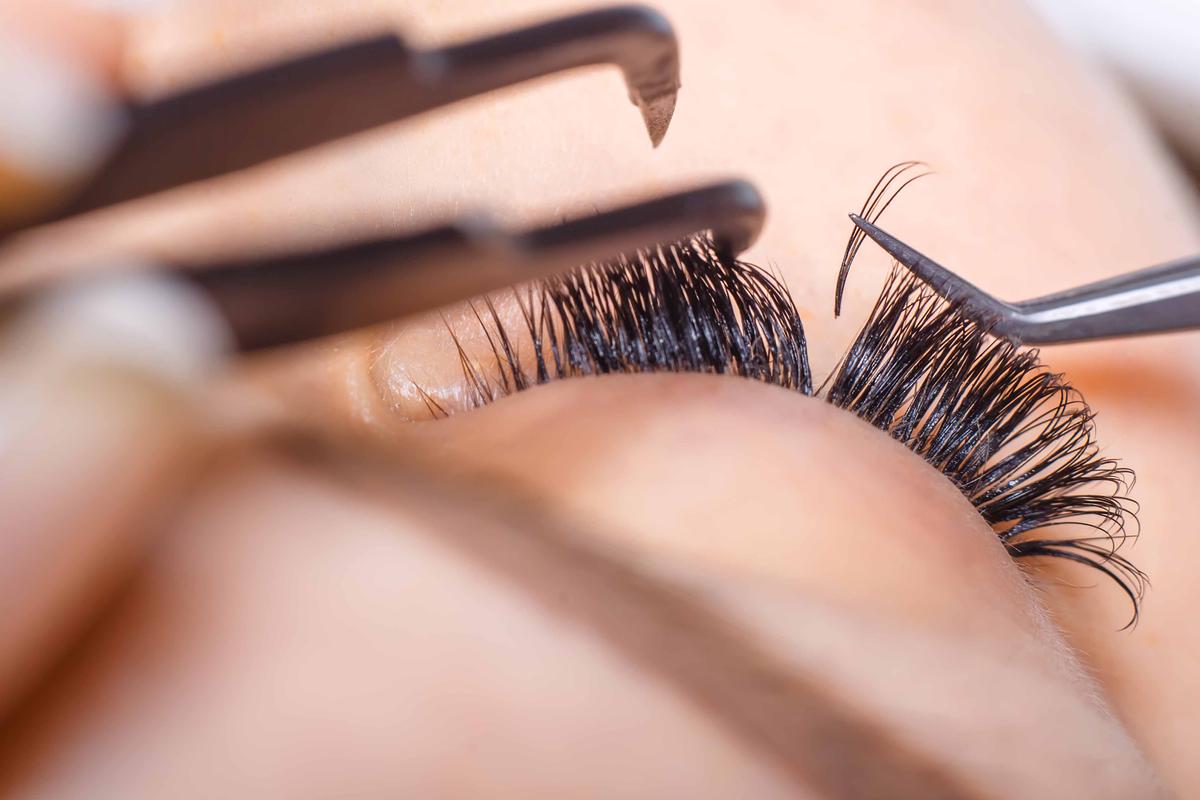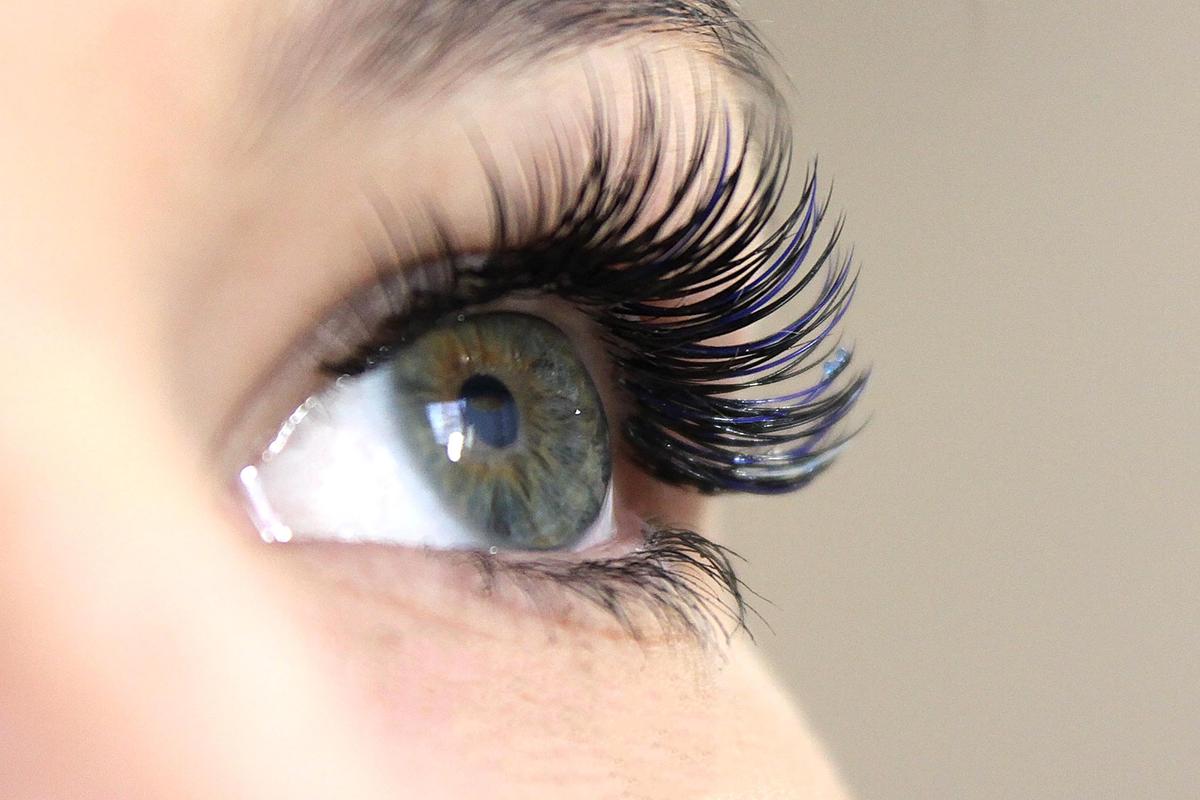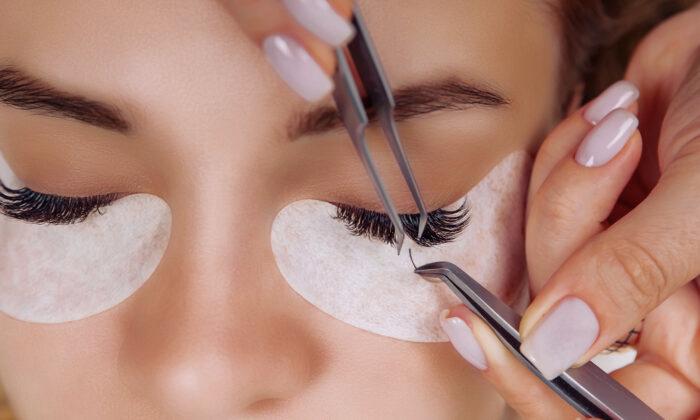As incidents of “lash lice” increase in number, numerous doctors are warning fans of eyelash extensions to up the ante when it comes to their cleaning regimens.
Near-microscopic organisms known in the medical field as “demodex mites,” but better known by lay folk as “lash lice,” can survive and thrive on eyelash follicles if left to their own devices. The unwanted visitors may be almost microscopic, and failing to clean eyelash extensions can be the culprit.

Neglecting to clean eyelash extensions, owing to a fear that they will fall out more quickly, can lead to an increase in bacteria and a heightened risk of infection. Symptoms of infection may include redness, itching, and inflammation around the eyes.
The micro-organisms known as “lash lice” burrow to the base of the eyelash follicles and feed off dead skin and organic debris. Infection becomes increasingly likely when the lashes are not cleaned, as this fertile breeding ground gives the organisms the opportunity to overpopulate.
Perhaps the worst news of all? Lash lice, much like head lice, are extremely contagious.
Cleaning is crucial. As lash lice can be transferred from person to person, and eye to eye, via products like mascara and makeup brushes, it is just as important to extend the cleaning process to makeup applicators as to the lashes themselves.
“We recommend tea tree based cleanser [an antibacterial agent],” Dr. Malik advised. “Any cleanser that has a diluted form of tea tree, and it is a good idea to use on a daily basis.”

For the sake of scientific accuracy, Dr. Craig See, an ophthalmologist at Cleveland Clinic Cole Eye Institute, was keen to point out the difference between lice and mites. Despite the popularity of the term “lash lice,” he said, referring to demodex as lice is technically incorrect.
The presence of microscopic mites on the skin is not usually an issue, but a buildup due to poor hygiene practices—such as neglecting to clean eyelash extensions—could cause trouble.




